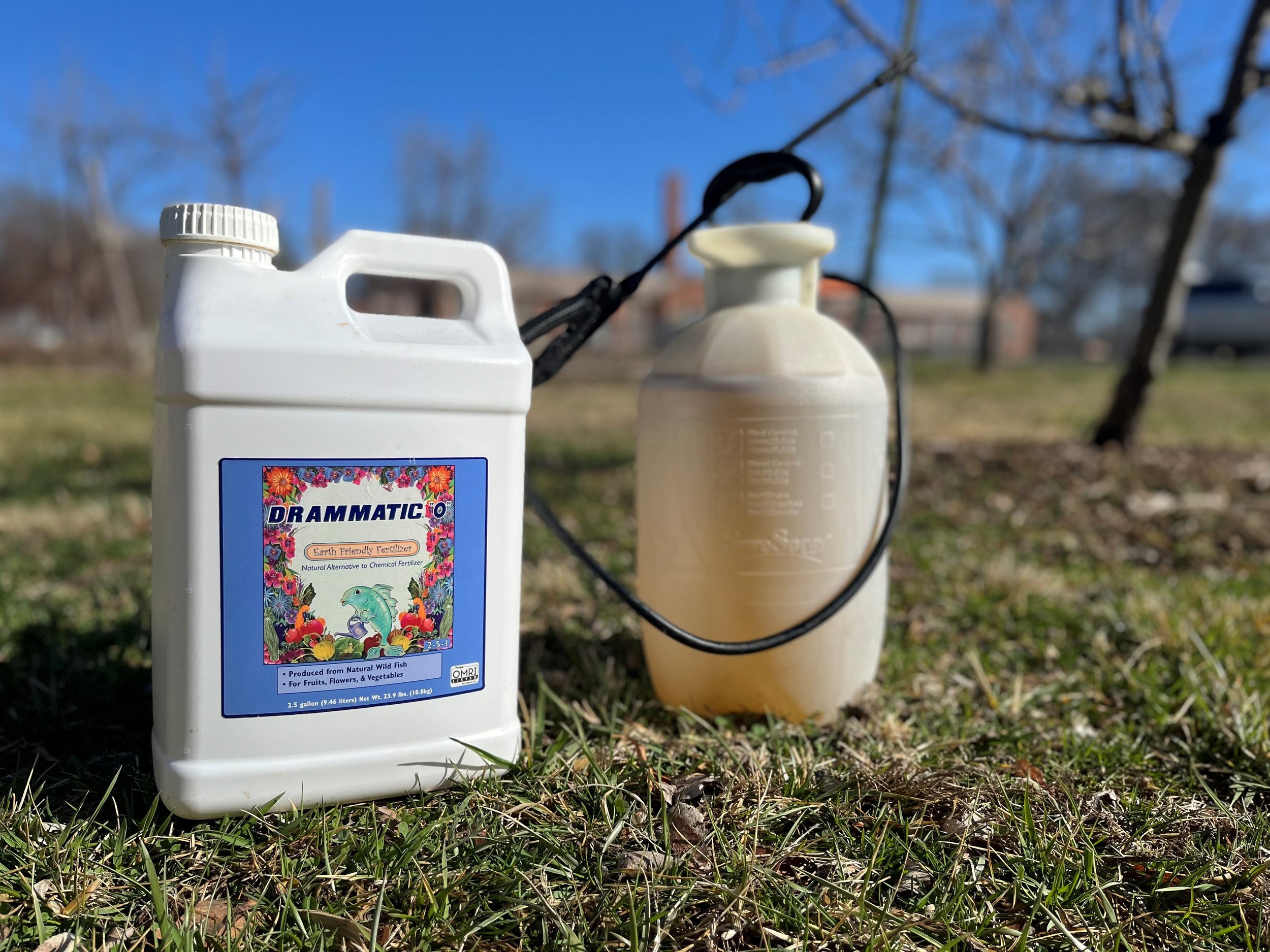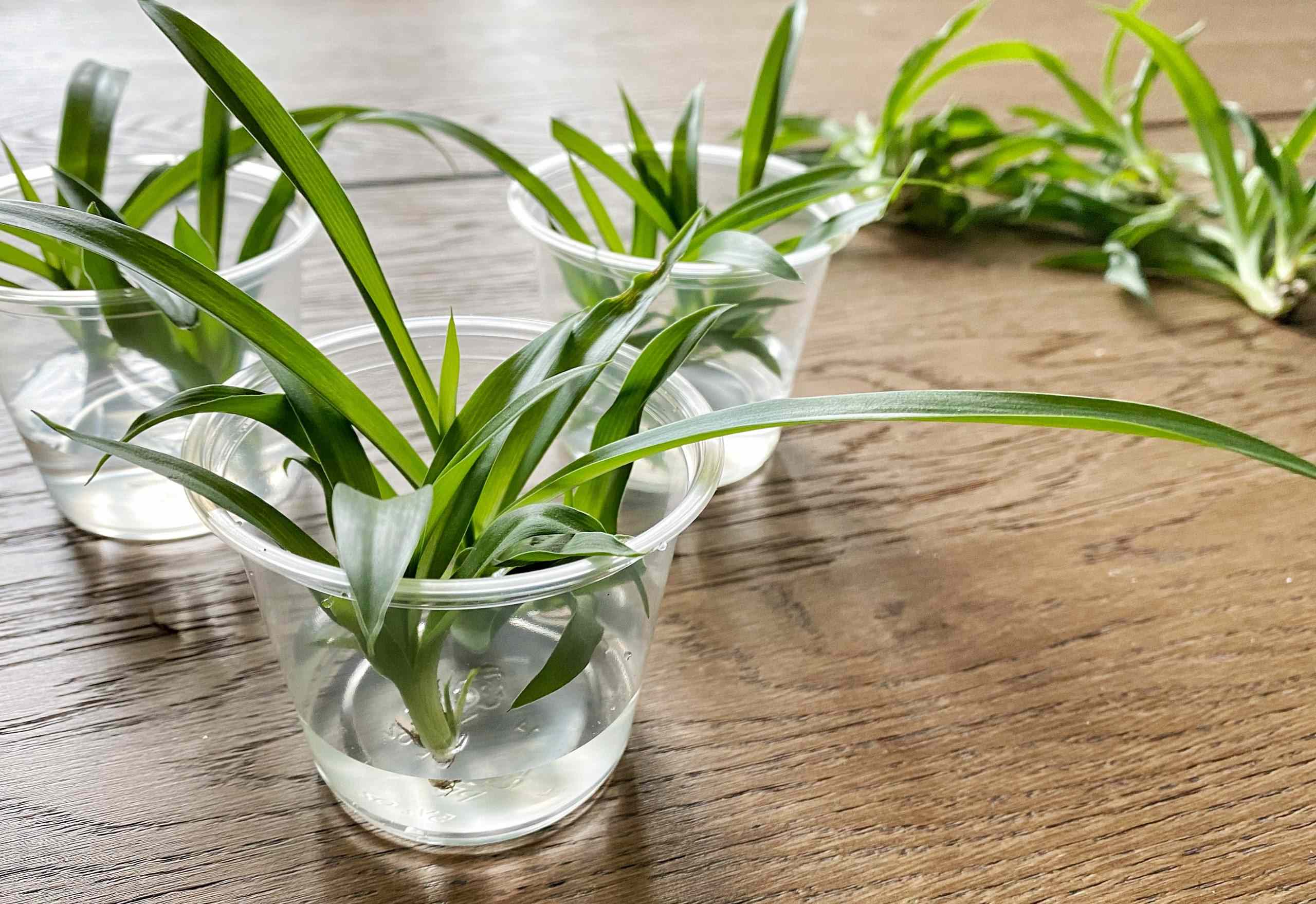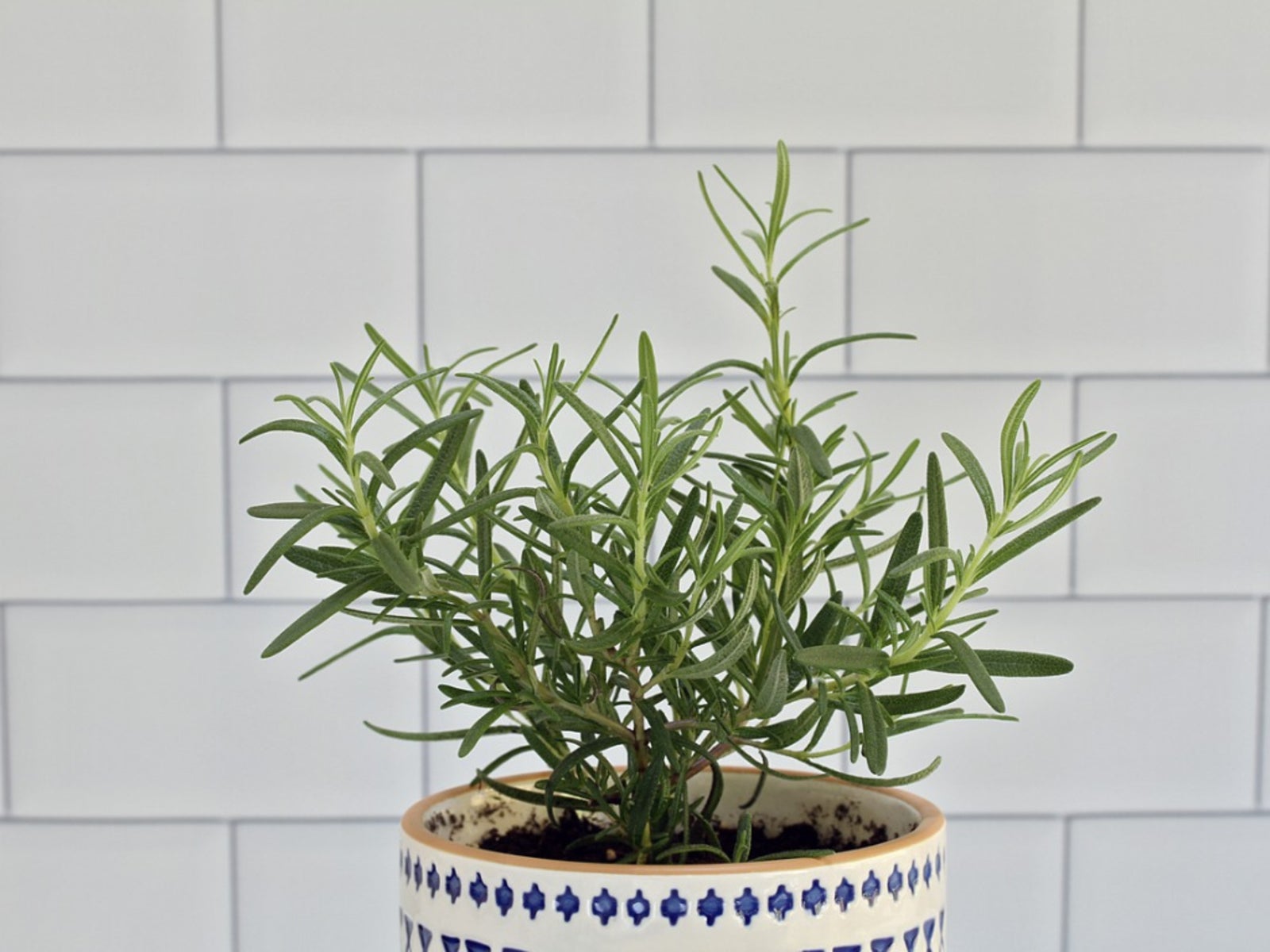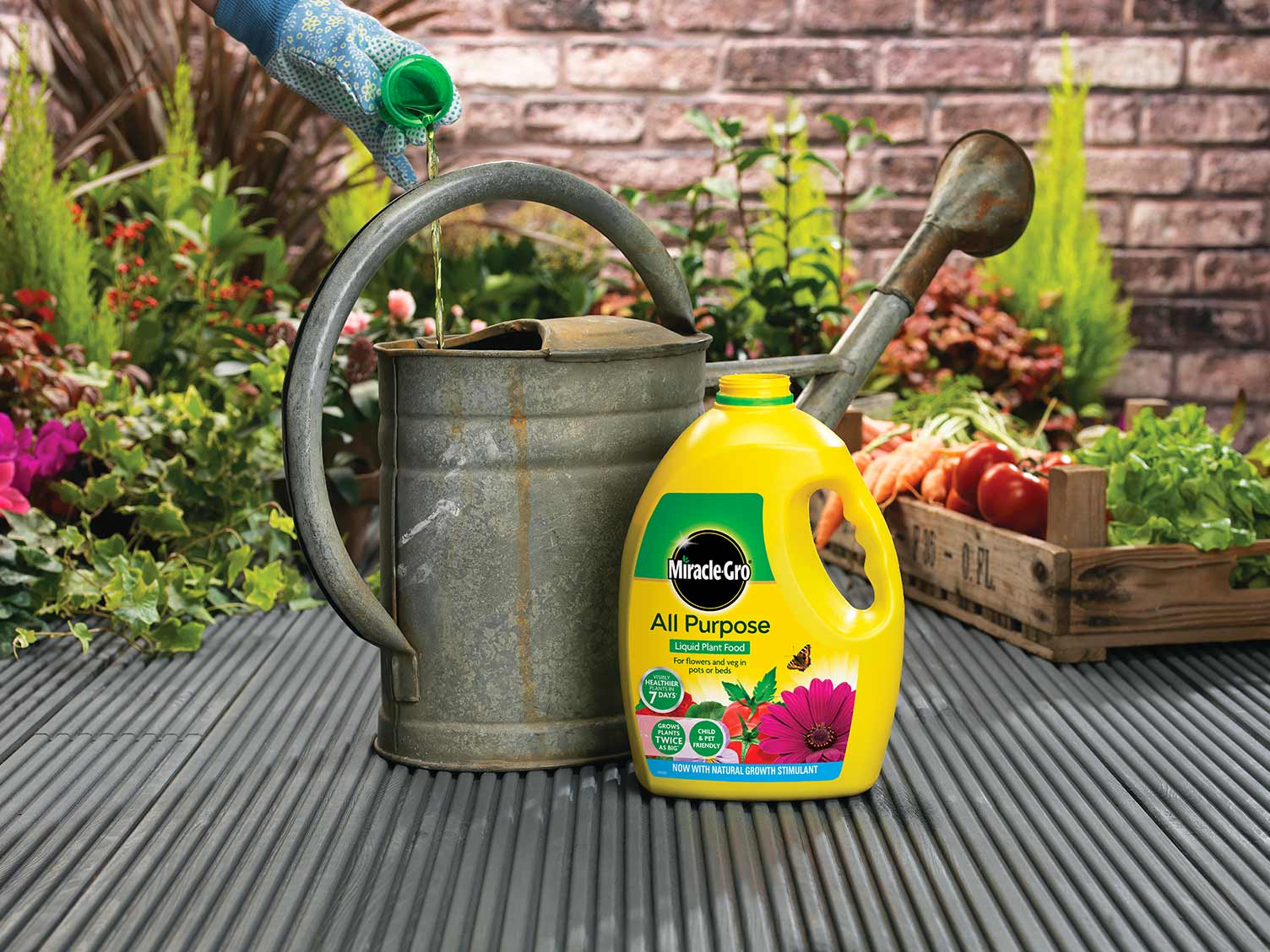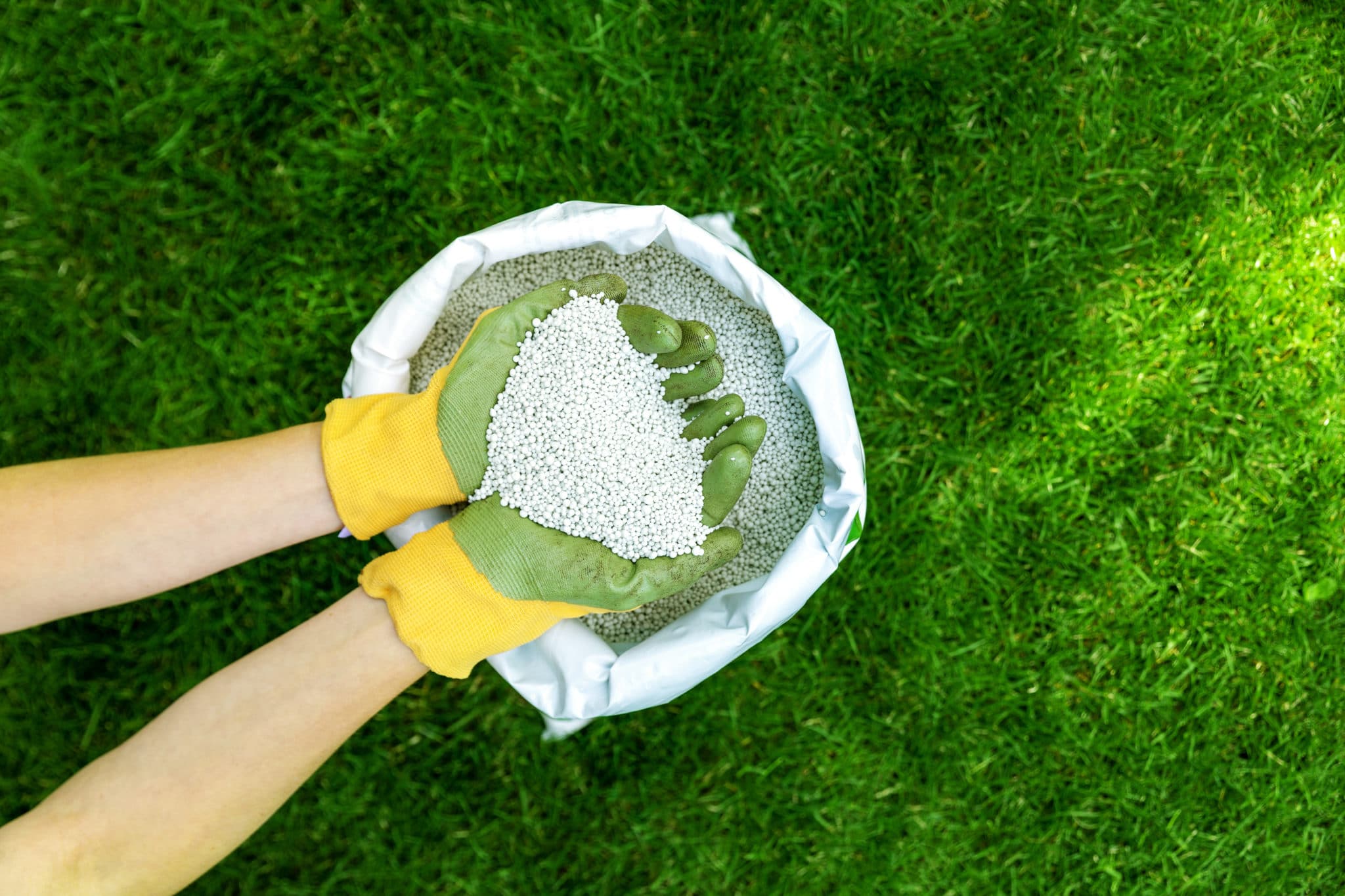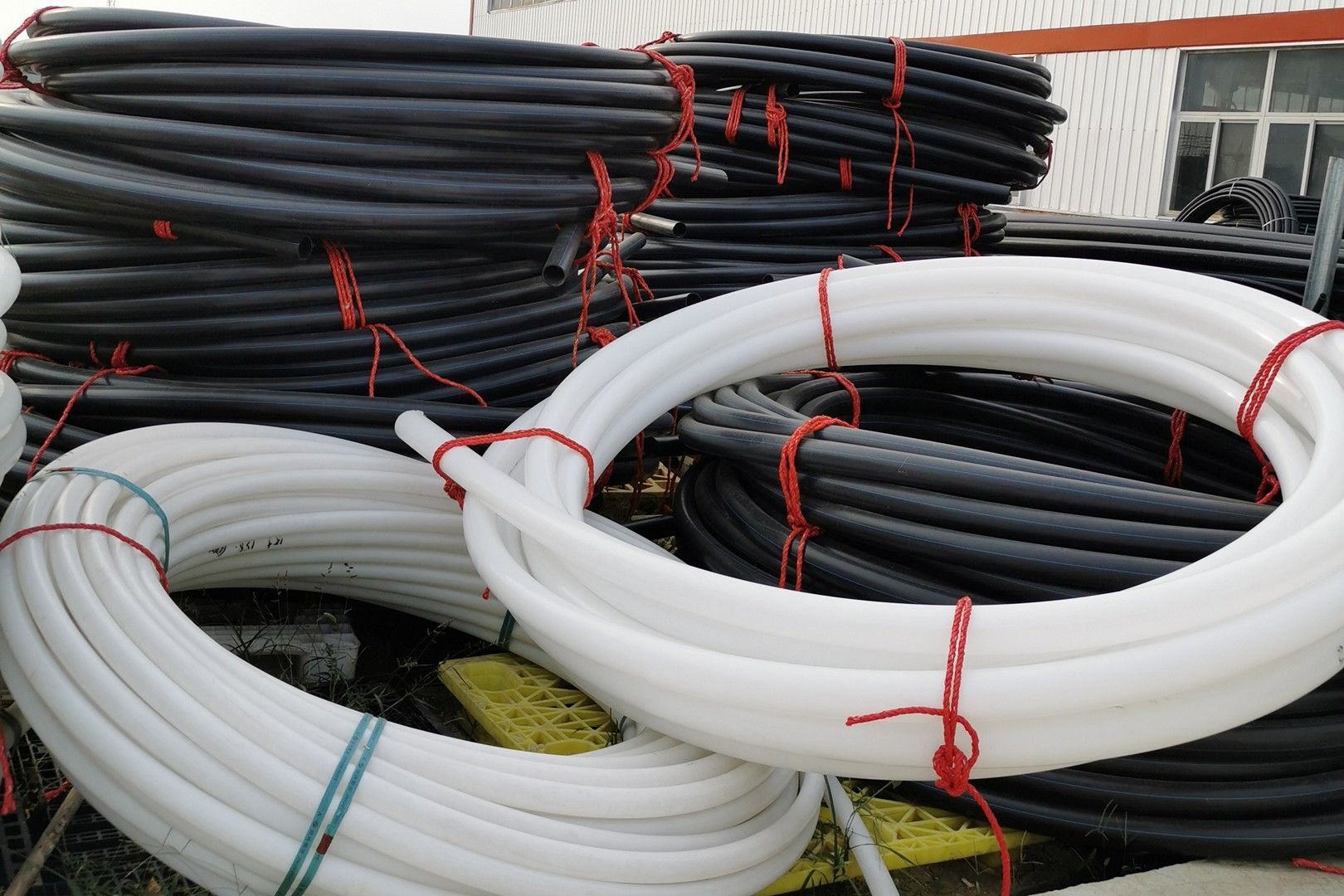Home>Gardening Basics>What Plants Don’t Need Fertilizer


Gardening Basics
What Plants Don’t Need Fertilizer
Modified: January 22, 2024
Gain a deeper understanding of soil and learn which plants thrive without the need for fertilizers. Discover how to create a low-maintenance garden with our expert tips.
(Many of the links in this article redirect to a specific reviewed product. Your purchase of these products through affiliate links helps to generate commission for Chicagolandgardening.com, at no extra cost. Learn more)
Table of Contents
Introduction
When it comes to gardening, fertilizers are often seen as a panacea for promoting plant growth and health. We’re led to believe that without fertilizers, our plants will wither away and fail to reach their full potential. However, this widespread belief is not entirely accurate. In fact, there are many plants that can thrive without the use of fertilizers.
While fertilizers can provide essential nutrients for plant growth, they are not always necessary. In nature, plants have adapted to survive and flourish in different environments, often without the assistance of artificial fertilizers. Understanding the factors that influence a plant’s nutrient requirements can help us identify the types of plants that can thrive without additional fertilization.
In this article, we will explore the common misconceptions about fertilizer usage and highlight the factors that influence a plant’s nutrient needs. We will also delve into the world of plants that don’t need fertilizers and discuss the adaptations that enable them to thrive in nutrient-poor environments. Finally, we will explore alternative methods that can enhance plant growth without relying on traditional fertilizers.
By gaining a deeper understanding of these topics, we can make informed choices about the types of plants we grow and the methods we use to support their growth. So, let’s dive in and discover the fascinating world of plants that don’t need fertilizer!
Common Misconceptions about Fertilizer Usage
When it comes to gardening, there are several common misconceptions about the usage of fertilizers. These misconceptions often stem from a lack of understanding about the complexities of plant nutrition and the role that fertilizers play in supporting plant growth. Let’s debunk some of these myths and shed light on the truth:
- Plants need constant fertilization: Many gardeners believe that plants require regular and continuous fertilization to thrive. While it is true that plants need nutrients to grow, they do not need constant fertilization. In fact, excessive fertilizer application can lead to nutrient imbalances and harm the plants.
- Fertilizers are a substitute for proper soil preparation: Some gardeners assume that by using fertilizers, they can skip the important step of proper soil preparation. However, fertilizers should be used in conjunction with other soil improvement methods such as adding organic matter and ensuring proper drainage. Fertilizers alone cannot compensate for poor soil conditions.
- All plants require the same type and amount of fertilizer: This is a common misconception that can lead to over-fertilization or under-fertilization. Different plants have varying nutrient requirements, and it is important to choose fertilizers tailored to their specific needs. Additionally, the amount of fertilizer needed may vary depending on factors such as soil fertility and plant growth stage.
- Organic fertilizers are always better than synthetic fertilizers: While organic fertilizers have their benefits, such as improving soil structure and promoting microbial activity, it is not always the case that they are superior to synthetic fertilizers. Both types of fertilizers have their place in gardening, and the choice between them should be based on the specific needs of the plants and the overall soil health.
- Fertilizers can compensate for poor gardening practices: Another misconception is that fertilizers can make up for poor gardening practices such as lack of water, sunlight, or proper pruning. Fertilizers are not a cure-all solution and should not be used as a substitute for providing the essential elements that plants need to thrive.
By understanding and dispelling these misconceptions, gardeners can make more informed decisions about fertilization practices and optimize plant health without relying solely on fertilizers. Next, let’s explore the factors that influence a plant’s nutrient requirements.
Factors Influencing Plants’ Nutrient Requirements
The nutrient requirements of plants are influenced by various factors that can vary from species to species. Understanding these factors is crucial for providing the right nutrients to support optimal plant growth. Let’s explore some of the key factors influencing a plant’s nutrient requirements:
- Plant Species: Different plant species have unique nutrient requirements. Some plants, like legumes, have the ability to fix nitrogen from the air, reducing their need for nitrogen-based fertilizers. Understanding the specific nutrient needs of the plants you are growing can help you provide them with the appropriate fertilizers, if necessary.
- Soil Composition: The nutrient content and pH level of the soil play a vital role in a plant’s nutrient uptake. Soil testing can determine the pH and nutrient levels, and this information can guide you in choosing the right fertilizers or soil amendments to provide any deficient nutrients.
- Plant Growth Stage: The nutrient requirements of a plant can fluctuate at different stages of its life cycle. During periods of rapid growth, plants may require higher levels of macronutrients such as nitrogen, phosphorus, and potassium. Understanding the specific nutrient needs at each growth stage can help optimize fertilization practices.
- Environmental Conditions: Environmental factors like temperature, sunlight, and water availability can impact nutrient uptake and plant growth. High temperatures or excessive rainfall, for example, can leach nutrients from the soil, requiring additional fertilization. Adequate irrigation and providing the appropriate nutrients can help plants cope with these environmental challenges.
- Companion Plants: Some plants have mutually beneficial relationships with certain companion plants. For example, planting nitrogen-fixing legumes alongside other plants can naturally enhance soil fertility. Understanding these companion planting relationships can reduce the need for external fertilizers.
By considering these factors and tailoring your fertilization practices accordingly, you can ensure that your plants receive the nutrients they need for healthy growth. In the next section, we will explore a fascinating group of plants that have adapted to thrive without the need for additional fertilization.
Plants that Thrive without Fertilizer
Contrary to popular belief, many plants have evolved to thrive in nutrient-poor conditions and can grow abundantly without the need for additional fertilizers. These plants have developed unique adaptations that allow them to maximize nutrient uptake from the soil and efficiently use limited resources. Let’s explore some of these remarkable plants:
- Native Wildflowers: Native wildflowers are well-suited to their natural habitats and can often thrive without fertilizer inputs. They have adapted to extract nutrients from the soil efficiently and have developed symbiotic relationships with beneficial soil organisms to enhance nutrient availability.
- Drought-Tolerant Succulents: Succulents like cacti and agaves have adapted to survive in arid environments with limited nutrient availability. Their fleshy leaves and stems enable them to store water for extended periods, while their specialized root systems allow them to absorb nutrients from the soil efficiently.
- Herbs and Aromatic Plants: Many culinary herbs and aromatic plants, such as thyme, rosemary, and lavender, are known for their ability to grow vigorously without the need for excessive fertilization. These plants often thrive in lean soils and can even produce more intense flavors and aromas under nutrient-stressed conditions.
- Native Grasses: Native grasses are well-adapted to their local ecosystems and can flourish in nutrient-poor soils. These grasses have deep root systems that allow them to access water and nutrients from deeper soil layers, making them resilient to drought and poor soil fertility.
- Nitrogen-Fixing Legumes: Leguminous plants like clover, peas, and beans have the remarkable ability to form a symbiotic relationship with nitrogen-fixing bacteria called rhizobia. These bacteria convert atmospheric nitrogen into a form that plants can utilize, reducing the need for external nitrogen fertilizers.
These are just a few examples of plants that thrive without the need for additional fertilization. By choosing these varieties for your garden or landscape, you can create a low-maintenance and sustainable environment that relies less on synthetic fertilizers. In the next section, we will explore the fascinating adaptations of these plants that enable them to flourish in nutrient-poor conditions.
Adaptations of Plants that Don’t Need Fertilizer
Plants that thrive without the need for additional fertilizers have developed incredible adaptations to cope with nutrient-poor conditions. These adaptations allow them to efficiently acquire and utilize the limited nutrients available in their environment. Let’s explore some of the remarkable adaptations of these plants:
- Efficient Nutrient Uptake: Plants that don’t need fertilizer have evolved efficient nutrient uptake mechanisms. They often have extensive root systems with fine root hairs that increase the surface area for nutrient absorption. Some plants may also have specialized root structures, such as cluster roots or mycorrhizal associations, which enhance nutrient uptake.
- Nutrient Recycling: Many nutrient-efficient plants have mechanisms in place to recycle and reabsorb nutrients from older plant parts. They can mobilize nutrients from aging or decaying leaves, stems, or even flowers, redirecting them to areas of active growth. This recycling process allows them to minimize nutrient loss and maximize resource utilization.
- Efficient Nitrogen Fixation: Nitrogen-fixing plants, such as legumes, have evolved a remarkable adaptation to acquire nitrogen from the atmosphere. They form a symbiotic relationship with nitrogen-fixing bacteria in their root nodules. These bacteria have the ability to convert atmospheric nitrogen into a usable form, providing a consistent source of nitrogen for the plant without the need for external fertilizers.
- Slow Growth and Resource Allocation: Some plants that don’t require fertilizer have adapted to slower growth rates and strategic resource allocation. They prioritize vital functions like root growth and nutrient absorption over fast vegetative growth. By conserving energy and resources, these plants can efficiently utilize the limited nutrients available to them.
- Alternative Nutrient Sources: In nutrient-poor environments, some plants have found alternative sources of nutrients. They may take advantage of decaying organic matter, capture and utilize atmospheric dust particles, or form mutualistic relationships with specific soil organisms that provide them with essential nutrients.
These adaptations showcase the incredible resilience and resourcefulness of plants that thrive without relying on additional fertilizers. By understanding and appreciating these adaptations, we can gain a deeper appreciation for the natural systems that support plant growth. In the next section, we will explore alternative methods to enhance plant growth without traditional fertilizers.
Alternative Methods to Enhance Plant Growth without Fertilizer
While fertilizers can provide essential nutrients for plant growth, there are alternative methods that can enhance plant growth without relying solely on traditional fertilizers. These methods focus on improving soil health, maximizing nutrient availability, and optimizing plant growth naturally. Let’s explore some of these alternative methods:
- Compost and Organic Matter: Adding compost and organic matter to the soil is an effective way to improve its fertility and structure. Compost provides a slow-release source of nutrients, enhances soil moisture-retention capacity, and promotes beneficial soil microorganisms. By amending the soil with organic matter, you can create a nutrient-rich environment that supports plant growth.
- Crop Rotation: Crop rotation involves growing different crops in a specific sequence in the same area over time. This practice helps break pest and disease cycles, reduces nutrient depletion, and enhances soil fertility. By rotating crops, you can ensure a more balanced nutrient uptake and reduce the reliance on synthetic fertilizers.
- Green Manure Cover Crops: Growing cover crops, also known as green manure, is another sustainable approach to enhance soil fertility and nutrient availability. Cover crops like legumes or grasses are grown and then incorporated into the soil, adding organic matter, fixing nitrogen, and preventing erosion. When these cover crops decompose, they release nutrients that benefit future plantings.
- Crop Residue Management: Leaving crop residues on the soil surface after harvest can contribute to soil fertility. The decaying plant material gradually releases nutrients back into the soil, enriching its nutrient content. It also helps improve soil structure, reduce evaporation, and prevent erosion, creating a favorable environment for plant growth.
- Mulching: Mulching involves applying a layer of organic materials such as straw, wood chips, or leaf litter on the soil surface around plants. Mulch helps conserve moisture, regulate soil temperature, suppress weeds, and gradually breaks down to release nutrients into the soil. This natural mulch acts as a protective barrier and helps improve soil fertility over time.
By implementing these alternative methods, you can create a more sustainable and environmentally friendly approach to plant growth. These strategies not only enhance soil fertility but also promote long-term plant health and reduce the reliance on synthetic fertilizers. Let’s wrap up our discussion in the next section.
Conclusion
In conclusion, the belief that all plants require fertilizers for optimal growth is a common misconception. While fertilizers can provide essential nutrients, there are many plants that can thrive without the need for additional fertilization. Understanding the factors that influence a plant’s nutrient requirements, such as plant species, soil composition, and environmental conditions, is crucial for effectively supporting their growth.
We have explored the adaptations of plants that have evolved to thrive in nutrient-poor conditions. These plants have developed remarkable strategies, such as efficient nutrient uptake, nutrient recycling, and nitrogen fixation, to maximize nutrient utilization from their environment. By choosing these plants for our gardens and landscapes, we can create more sustainable and low-maintenance environments that require less reliance on synthetic fertilizers.
Additionally, we have discussed alternative methods to enhance plant growth without traditional fertilizers. Techniques such as composting, crop rotation, green manure cover crops, crop residue management, and mulching can improve soil fertility, nutrient availability, and overall plant health naturally. By adopting these methods, we can create healthier soil ecosystems and promote long-term plant growth without the negative impacts associated with excessive fertilizer usage.
It is important to remember that while some plants may not need fertilizer, others may still benefit from targeted fertilization. The key is to approach fertilization practices with a deeper understanding of the specific needs of our plants and the dynamic nature of soil health. By adopting a holistic and environmentally conscious approach to plant care, we can create thriving gardens and landscapes while minimizing harm to the environment.
So, let us embrace the fascinating world of plants that don’t require fertilizer, explore their unique adaptations, and implement alternative methods to enhance plant growth sustainably. By doing so, we can create greener spaces that not only beautify our surroundings but also contribute positively to the overall health of our planet.
